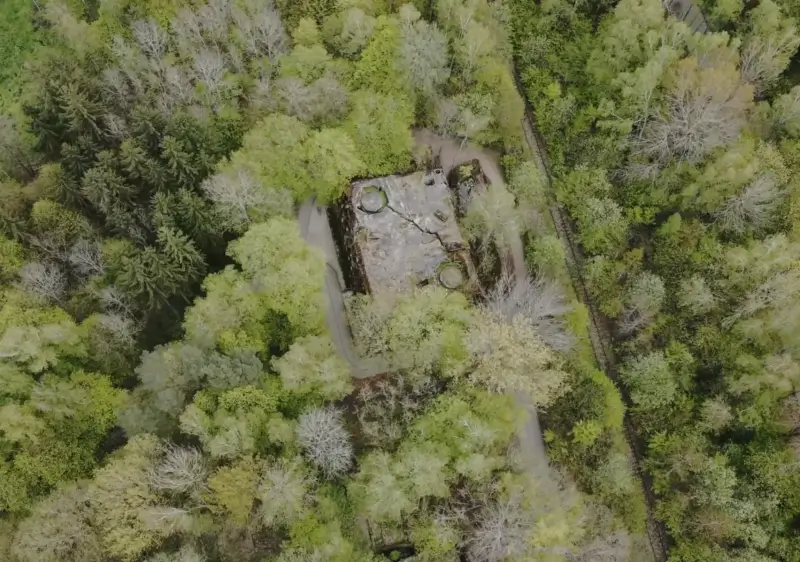
Missing hands and feet, the otherwise complete skeletons of three adults, a teenager and a newborn baby were uncovered Feb. 24, 2024, along with a skull underneath the brick building that served as the Luftwaffe chief’s on-site living quarters.
Fundacja Latebra, a Poland-based historical organization, said the remains were arranged together, oriented in the same direction, at the bunker complex deep in a forest near Gierloz in northeastern Poland.
Retreating Wehrmacht troops had burned the 6.5-square-kilometre site to keep it from falling into Red Army hands in January 1945. Part of East Prussia at the time, the now-largely overgrown area has been heavily searched and researched since, so the finds by amateur history buffs came as a particular surprise.
The German and Polish archeologists thought they were digging up an old bathroom when they discovered buried pipes, charred boards, a burned key and a skull fragment. Police were called and further excavation uncovered more remains. There were no signs of clothing, and no personal objects were recovered.
“The sight shocked us,” said the foundation’s Piotrek Banaszkiewicz. “Initially, we thought they were animal bones, and we weren’t sure what we were dealing with until a delicate skull emerged at one point.”
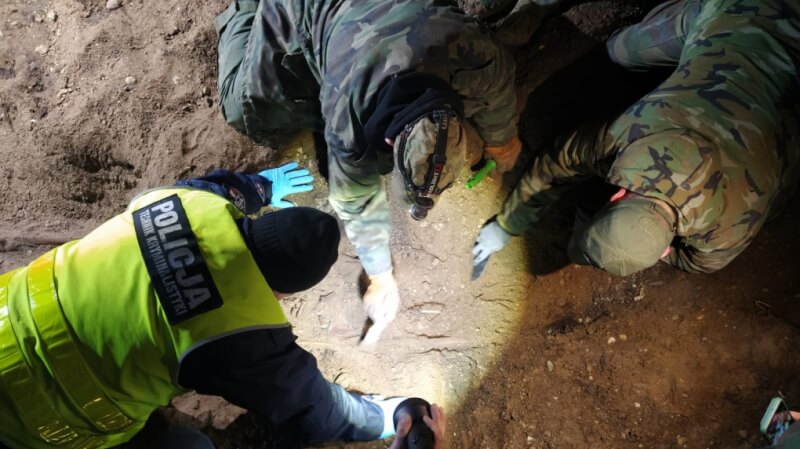
Police have launched a full-scale investigation and have already said they found no evidence of a recent crime at the site. Authorities plan to carbon-date the remains.

And the Wolf’s Lair was where Colonel Claus von Stauffenberg executed Operation Valkyrie, the July 20, 1944, plot by a group of Hitler’s senior army officers to assassinate him, overthrow the Nazi regime, and make peace with the Allies.
The leader of the conspiracy, von Stauffenberg attempted to kill the top Nazi during a meeting by detonating a timed bomb hidden in a briefcase.
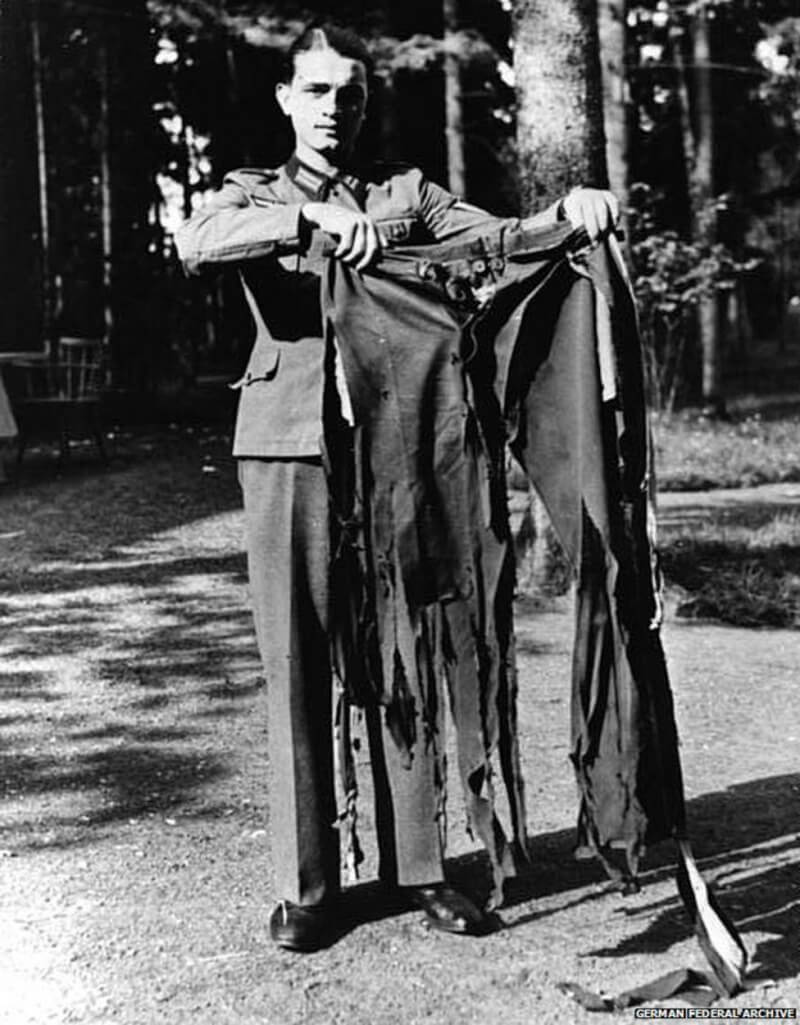
The coinciding coup attempt in Berlin was foiled and more than 200 conspirators and other suspected Hitler opponents were rounded up, given show trials and executed, some of them tortured and strung up by piano wire.
Stauffenberg got no trial. He was shot by a hastily assembled firing squad at 1 a.m. on July 21, speaking his last words, “Es lebe das heilige Deutschland!” (long live sacred Germany) or “Es lebe das geheime Deutschland!” (long live secret Germany), the latter an apparent reference to his co-collaborators.
His eldest brother, Berthold Schenk Graf von Stauffenberg, a central figure in the plot, was tried in the Volksgerichtshof, or special “people’s court” for political offences, on Aug. 10. Berthold was one of eight conspirators executed by slow strangulation at Plötzensee Prison, Berlin, later that day.
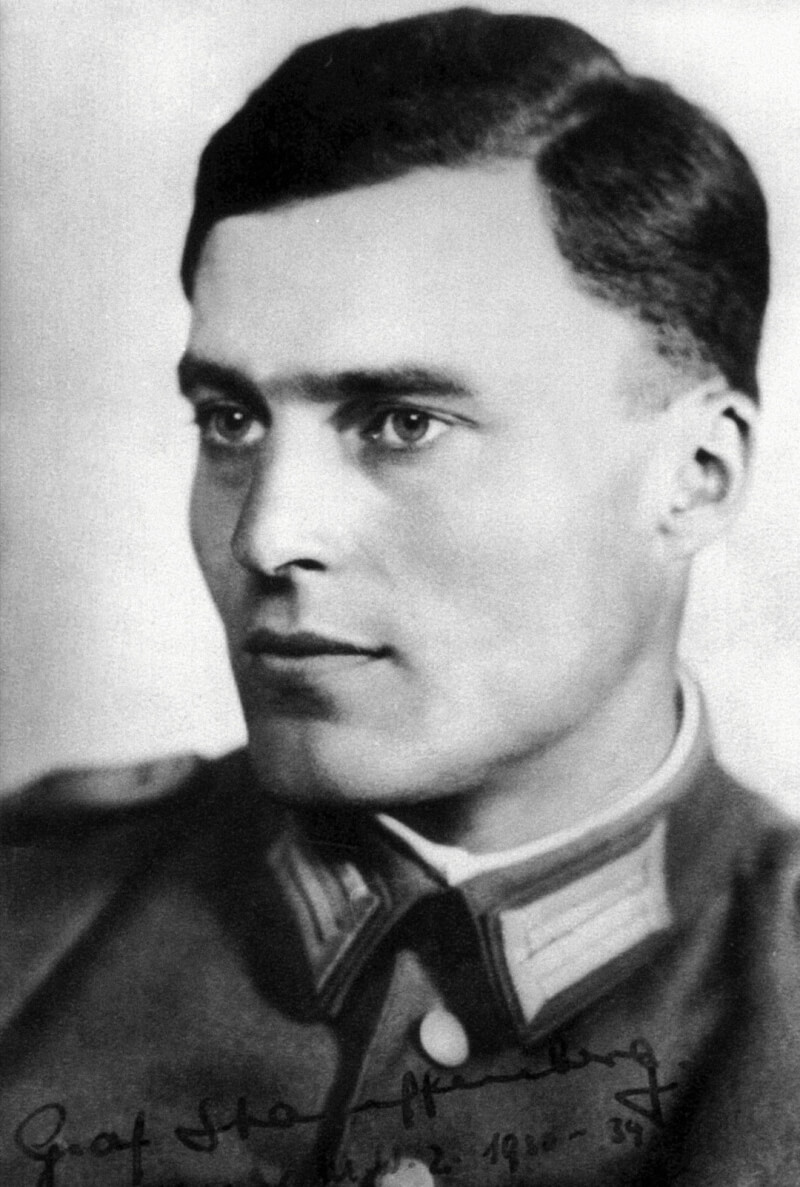
German general Erwin Rommel, the legendary Desert Fox, knew of the plot but was not a direct participant, nor did he inform Nazi authorities of it. He was found out and given a choice between suicide with honour and without repercussions for his family, or a trial bringing him disgrace and inevitably execution. He chose the former.
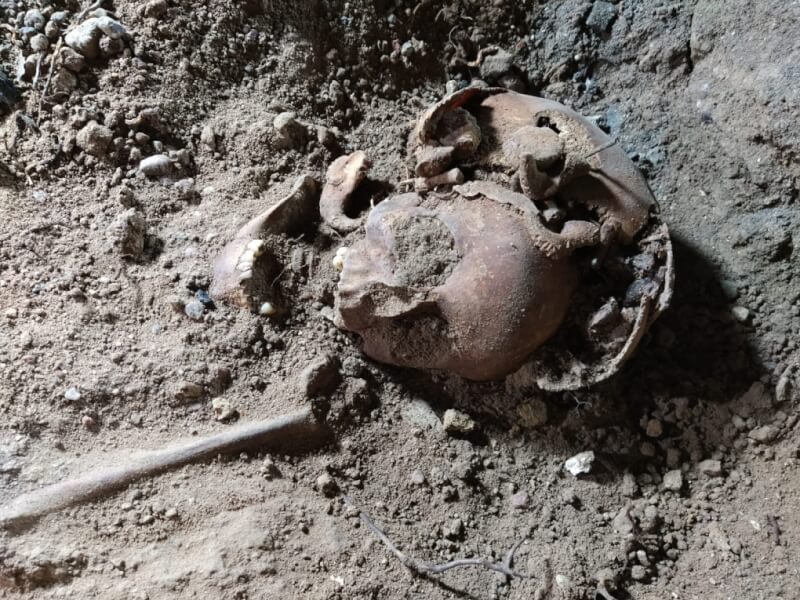
As Nazi fortunes turned, Göring increasingly stepped back from military and political affairs to devote his attention to collecting property and artwork, much of it stolen from Jewish victims of the Holocaust.
Informed on April 22, 1945, that Hitler planned to commit suicide in his Berlin bunker, Göring sent the Nazi leader a telegram requesting his permission to assume leadership of the Reich. Hitler considered the request an act of treason and removed Göring from all his positions, expelled him from the party and ordered his arrest. Grand Admiral Karl Dönitz ultimately succeeded Hitler as chancellor.
Göring escaped Hitler’s wrath, but after the war was convicted of conspiracy, crimes against peace, war crimes and crimes against humanity. He was the highest Nazi official tried at the Nuremberg trials in 1946. He was sentenced to be hanged, but died by suicide with cyanide the night before his scheduled execution.
Fundacja Latebra is one of the few organizations permitted to conduct archeological research at the Wolf’s Lair, which was turned into a tourist attraction in 1959 and brings in more than 200,000 visitors annually.
How and why the remains ended up there, who they were and why they were unclothed without hands and feet is still a mystery.
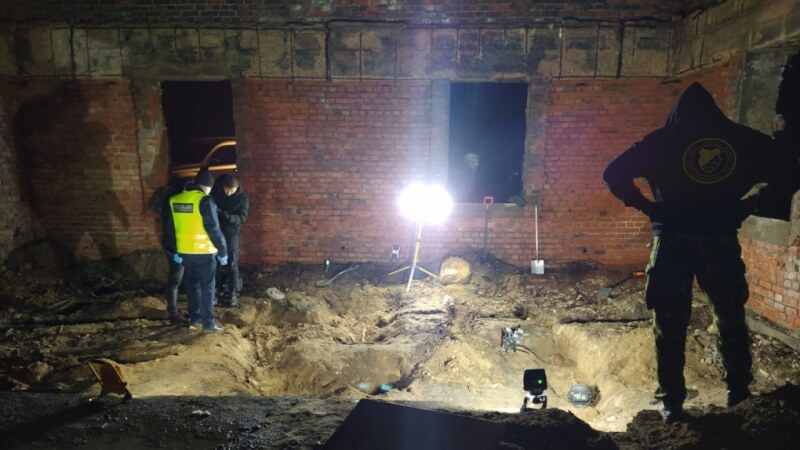
Besides Hitler and Göring, senior Nazis such as Martin Bormann, Wilhelm Keitel and Alfred Jodl used the Wolf’s Lair as an isolated, well-protected complex where they could plan military campaigns, as well as Holocaust atrocities.
Hitler spent a total of 800 days at the wartime site, more than anywhere else during the entire conflict.
Fundacja Latebra has spent years searching the Wolf’s Lair, for the most part uncovering everyday items such as dishware and tools.
Said a group statement: “The uniqueness of this discovery lies in the fact that the bodies were found on the premises of the most heavily guarded complex of the Third Reich.”
Advertisement










